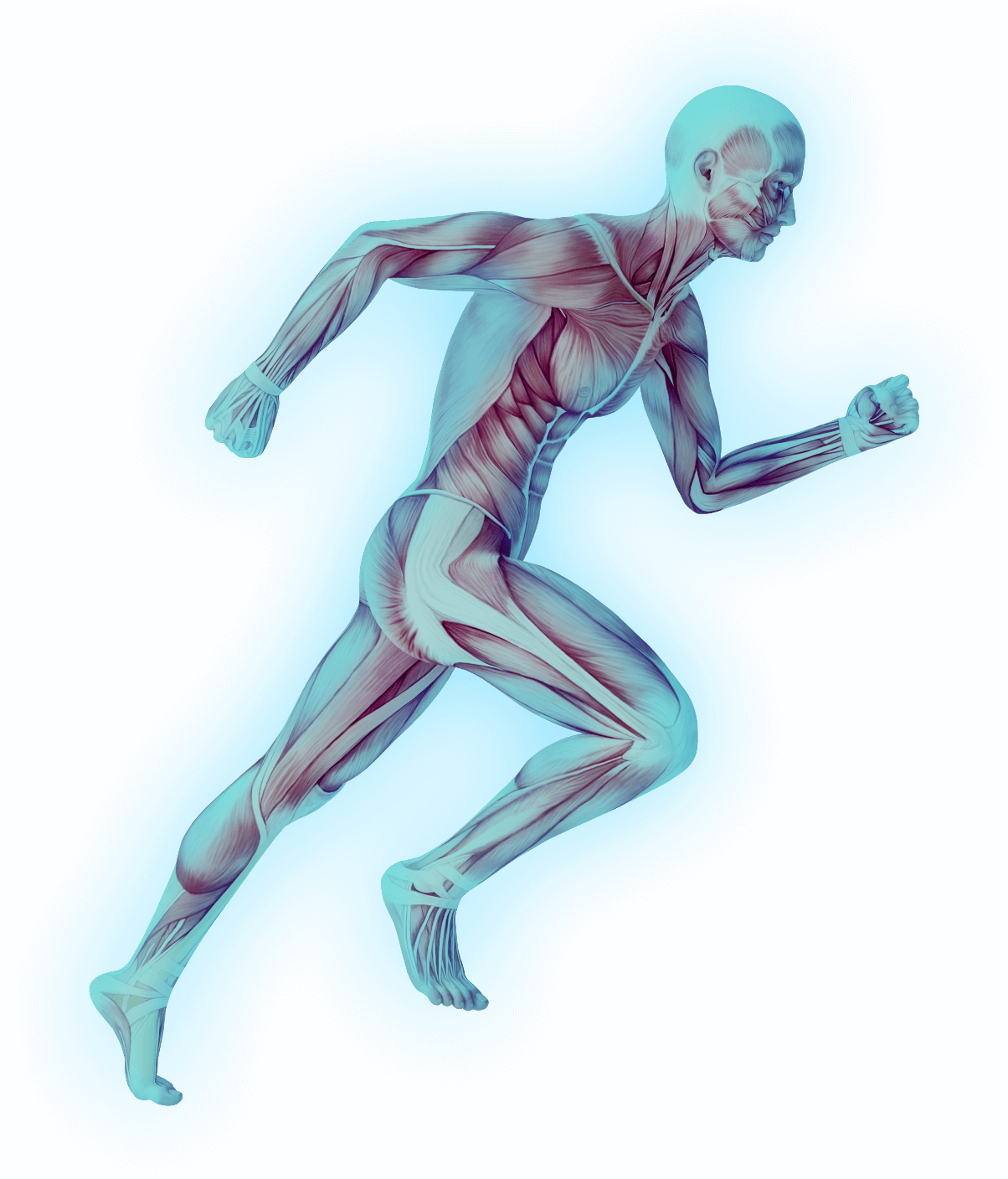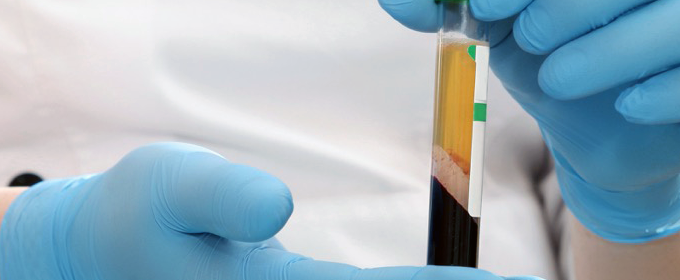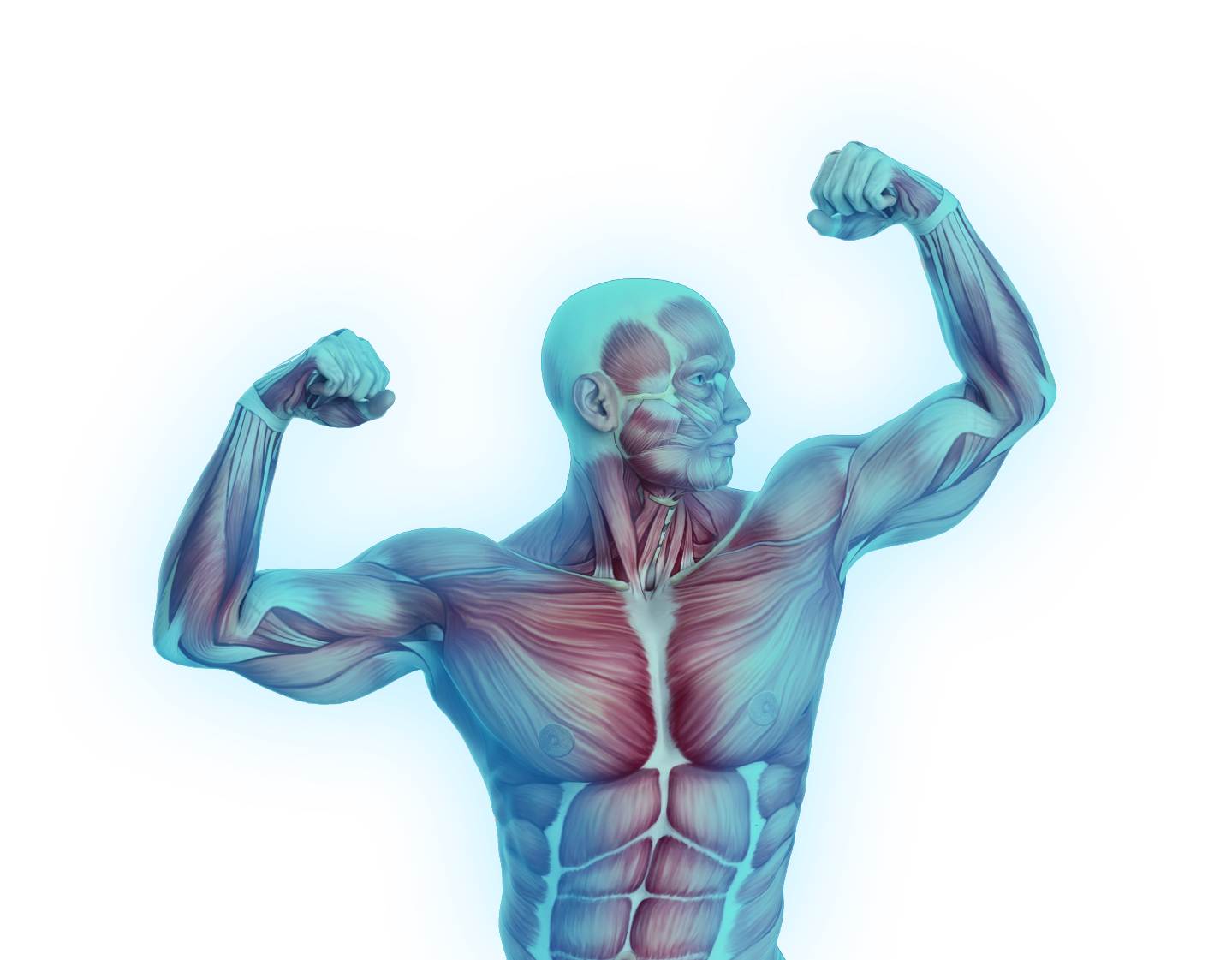- Short Leg Syndrome
- Scoliosis Syndrome
- Sciatica versus Pseudo Sciatica
Anatomy of Sacroiliac Pain
Two major ligaments hold each sacroiliac joint together:
-
The iliolumbar ligament stretches from each iliac crest to its adjacent fourth and fifth lumbar vertebrae, bilaterally.
-
The sacroiliac ligament stretches from the sacrum across to its adjacent iliac spinal process, bilaterally.
Causes of Sacroiliac Sprain Injury
Strain and sprain of the two ligaments of the sacroiliac joint are common causes of low back (lumbar), sacral, and other pelvic pain. Sacroiliac joint pain is usually due to:
-
Postural wear-and-tear – by far the most common cause – and
-
Traumatic injury (e.g. a vehicular accident, a ski fall, a horse riding accident, a parachute landing fall mishap, a yoga training accident).
Sacroiliac joint ligament sprain injuries are usually bilateral, even though the low back pain may be more pronounced on one side than the other.
The low back pain related to sacroiliac joint ligament sprain is commonly accompanied by misalignment of one or more of the following:
-
The sacroiliac joints – usually bilateral
-
Other pelvic bones and joints – or
-
Lumbar vertebrae
Pain Symptoms
The dull to sharp low back pain generated by sacroiliac joint dysfunction can be very localized directly over the most problematic sacroiliac joint – or both. Often, there is an associated lumbar vertebral pattern with low back pain and paralumbar muscular spasm. Often, the ligament pain of SIJ sprain injury spreads or projects in a shooting, radiating pain pattern that can often be confused with neuropathic “sciatica” of degenerative disc nerve root compression.
Other Physical Findings
Sacroiliac joint pain is often accompanied by:
-
Restricted mobility
-
Difficulty sitting or standing for extended periods – or
-
Difficulty walking or twisting.
Other physical findings usually associated with the sacroiliac joint sprain and misalignment include:
-
A functionally short leg accompanied by a slight limp and leg abduction weakness – and
-
Compensatory scoliosis with its usual pain patterns, including shoulder drop; and back, neck, and head strain.
Treatment
Treatment of sacroiliac joint sprain pain is often coordinated with treatment of a co-existing lumbar ligament sprain. Osteopathic Manual Therapy (OMT) often can resolve sacroiliac joint misalignment. In about 30% of the cases (1), OMT can produce a stable pelvis without having to resort to any further types of treatment.
However, if the misalignment repeatedly reoccurs following treatment, then there is undoubtedly a sacroiliac ligament sprain, which is readily treated by Prolotherapy – the definitive treatment for such an injury. Prolotherapy is directed to sacral and iliac ligament attachments – depending on the patient’s history and findings on examination and X-ray.
Platelet-Rich Plasma (PRP) Therapywould be more appropriate if there is significant ligament or tendon tearing.
Wearing a Sacroiliac Belt may be helpful during initial stages of Prolotherapy treatment to stabilize a lax sacroiliac joint and minimize pain. It helps to maintain reduction of the sacroiliac misalignment, keeping the joint in place between treatments. This is useful, especially, when the dysfunctional joint pain is unbearable during the course of Prolotherapy.
Occasionally, the presence of a coexistent anatomically (developmentally) shortened leg needs to be determined and treated with appropriate orthotic prosthetic devices.
If there is evidence of a significant neurological component to the sacroiliac joint dysfunction, appropriate neurological tests and consultations may be necessary, as well.
Caution: The pain related to sacroiliac sprain injury can mimic that of neuropathic sciatica caused by degenerative disc disease. Therefore, only a through physical examination and radiological interpretation can differentiate between the various musculoskeletal versus neuropathic causes of such pain – regardless of what an MRI imaging study may show. In the event of a “Perfect Storm” when there is a collision of both severe sprain injury and disc compression producing very acute, severe symptoms, definitive neurological testing and surgical consultation may be required.
Has your osteopath, chiropractor, physical therapist, or school nurse told you that one of your legs is short? Has this been a repetitive finding during examination or manipulation?
Causes of a short leg
The presence of a shortened leg is usually associated with pelvic joint or lumbar spine misalignment and a syndrome of physical symptoms and signs. Leg shortening, or leg length discrepancy, is usually functional, but it may, also, be anatomical.
Although there are a number of musculoskeletal conditions that may aggravate the functional shortening of a leg – usually, it is due to either:
-
A misalignment of one of the sacroiliac (SI) joints causing the sacral base to drop to one side – or
-
A rotation (flexion or extension) of one of the hip bones (iliac bones) out of normal position.
These types of joint misalignment cause a functionally short leg (FSL). FSL is a common finding in patients with low back pain due to SI joint or iliac dysfunction. Ordinarily, this form of shortening may range from 1 to 5 millimeters in leg length discrepancy, though it could be more.
On more rare occasions, leg shortening may actually be due to some degree of anatomical shortening, which is most often caused by:
-
A developmental arrest in the growth of one leg versus the other.
-
The aftermath of a severe fracture with loss of original bone architecture during the healing – or
-
The aftermath of a prosthetic joint replacement, e.g., hip or knee replacement.
Anatomical shortening may range from 1 to 10 millimeters in leg length discrepancy, and sometimes more, depending on the actual cause. An anatomically short leg (ASL) is often accompanied by a coexisting FSL.
Symptoms and Signs
The radiological examination can confirm the presence and determine the exact extent of leg length discrepancy. This is especially helpful in the case of prosthetic joint surgery causing a leg shortening.
Short leg syndrome: Whatever the cause, a shortened leg is usually accompanied by recognizable physical symptoms, signs, and long-term effects. These symptoms and signs usually fit into a clinical “syndrome,” and may include:
On the short leg side:
-
Leg aBductor muscle (e.g., Gluteus medius) weakness, which subsides immediately after pelvic realignment
-
Very slight, but perceptible, abnormal reaching out (supination) of the ankle and foot
-
External rotation of the ankle and lower leg – and
-
Knee cap (patella) misalignment and abnormal tracking.
On the long leg side:
-
Hesitation limp (“vaulting“ over the long leg’s hip joint) with very slight external rotation of the lower leg and ankle-foot
-
Very slight abnormal pronation (rolling inward) of the ankle and foot – and
-
Knee cap (patella) misalignment and abnormal tracking.
-
If the above abnormal compensatory changes exist for too long – even in the case of a functionally short leg – the abnormal stresses and strains can produce significant sprain injuries.
Whether purely functional, purely anatomical, or a combination of the two conditions, short leg syndrome is usually accompanied by other compensatory changes due to the dropping of the sacral base, including:
-
Thoraco-lumbar side-bending and consequent scoliosis – and
-
Lumbar vertebral rotation.
NOTE: Such purely musculoskeletal compensatory changes may rarely coincide with significant degenerative intervertebral disc compression of a nerve root causing a clinically vicious “Perfect Storm”. The result may be acute, severe debilitating pain, neurological deficit (e.g., dropped foot) leading to a requirement for an emergency decompression of the nerve root either medically or surgically.
All of the above physical changes can ultimately result in disastrous, very painful results for the patient. The end-result postural deterioration and musculoskeletal decompensation can be very painful and disabling. They need to be adequately diagnosed through a complete functional musculoskeletal examination. Once diagnosed, further deterioration is preventable and treatable.
Treatment
Typically, a functionally shortened leg does not require extensive treatment, AS LONG AS
-
The shortening is only functional, as proven by Osteopathic Manual Therapy (OMT), reexamination, testing off
-
IF the primary cause of the functionally shortened leg is quickly treated to permanently resolve the leg length discrepancy – usually with Prolotherapy.
-
Platelet-Rich Plasma (PRP) Therapy would be more appropriate if the sprain injury and dysfunction are due to significant ligament or tendon tearing.
-
However, for an anatomically shortened leg (ASL), even minor leg length discrepancies may require prosthetic correction, in order to avoid long-term compensatory injuries. Treatment for ASL typically includes:
-
Orthotic Therapy: A properly fitting pair of orthotics that help assure the best plantar arch support – often with a heel lift.
-
Heel lift: Using the orthotic on the short leg side as a base, apply a leg-length-restorative heel lift. If the leg length discrepancy is minimal in severity (e.g., one to three millimeters), using a heel lift may be all that is needed to achieve leg length equality and resolve symptoms. A heel lift may cause compensatory shortening of the leg’s posterior muscular column
-
Full-length sole elevation: If the length discrepancy is more severe and a heel lift is not sufficient, an addition or elevation to the full shoe sole length may be required on the short leg side. This should be obtained from a reputable shoe repair shop. A full-length sole-elevation is less likely to cause compensatory shortening of the leg’s posterior muscular column.
Has your osteopath, chiropractor, physical therapist, or school nurse told you that you have scoliosis and that surgery is the only way to relieve your pain? Or that there is no treatment at all, except, perhaps, a back brace? Or even that you just have to live with it?
What is Scoliosis?
Scoliosis is one of the most severe postural problems. It is a complex, S-shaped side-bending of the vertebral column. If long-standing and severe, it may be accompanied by the formation of an upper thoracic costovertebral hump. However, it is very seldom a “life sentence” – as some would like you to believe.
Causes of Scoliosis
Scoliosis is usually secondary to other resolvable musculoskeletal issues. It is often caused by a dropping of the sacral base due to a sacroiliac ligament sprain injury. This unlevel sacral base is associated with a functionally short leg and a dysfunctional sacroiliac joint on the short side.
When one side of the sacral base drops due to sacroiliac ligament sprain and laxity, the body automatically compensates with a side-bending of the vertebral column. In order to keep the eyes level, the back eventually twists and bends to form S-shaped vertebral scoliosis. Oftentimes, this results in costovertebral joint sprains at the mid to upper thoracic levels creating intrascapular movement restriction and pain.
On rare occasions, scoliosis results from malformed vertebral bones in the back or from cerebral dystrophy.
The good news – contrary to common teachings and clinical dogma – is that this form of scoliosis is usually reversible – if the primary sacroiliac joint problem is resolved.
Important: Obtain the right diagnosis! Do not let a school nurse’s or doctor’s diagnosis of “scoliosis” leave you with the sense that you have a life sentence of a non-treatable physical deformation. There is very good hope that your “scoliosis” can be relatively easily treated.
Treatment
Osteopathic Manual Therapy (OMT) or Prolotherapy will resolve most musculoskeletal sprain injuries that can lead to secondary, compensatory scoliosis. Interim use of a back brace or Sacroiliac Belt may be appropriate. It is important to avoid surgery unless absolutely necessary.
Platelet-Rich Plasma (PRP) Therapy would be more appropriate if the sprain injury and dysfunction are due to significant ligament or tendon tearing.
If there is clear evidence of a significant neurological component to scoliosis, appropriate tests and consultations are always considered.
Other rehabilitative therapies can be of immense benefit, especially Rolfing (Structural Integration) and Pilates Instruction.
“Sciatica” is classically described as a severe, potentially debilitating pain that begins at the lower back and travels or radiates downward through the buttocks and often into one leg. This pain is often aggravated by straightening and stretching of the painful leg and the patient can be comfortable only in an exaggerated flexed position.
Pain distributed by branches of the sciatic nerve is, by definition, neuropathic or neurogenic – meaning it is caused by degenerated intervertebral disc nerve root compression in the lumbar region. Such nerve root compression can lead to severe complications of significant pain and muscle weakness (e.g., foot drop) or, even, muscular paralysis of the foot or leg. The pain and paralysis of sciatica can also be accompanied by an abnormal tingling or pins-and-needles sensation or, eventually, even frank numbness or sensory loss – also beginning in the toes and feet.
Diagnosis
Caution: Beware that such pain radiating down the leg can just as often be non-neurogenic, projecting from a sprain injury of the iliolumbar and sacroiliac ligaments. Injured low back ligaments can send a similar type of dull achy or, even, sharp ligament pain down into the buttock, hip, thigh, or further down the leg to the foot – mimicking true sciatica. It is possible that such ligament injury is the actual cause of your pain – even when radiological evidence demonstrates chronic disc disease.
Therefore, it is critical that a combined functional musculoskeletal and neurological physical exam be performed and that expert radiological interpretation is provided to ensure an accurate differential diagnosis.
Treatment
Osteopathic Manual Therapy (OMT), alone, may readily resolve lumbar vertebral and sacroiliac joint misalignment, which may be the cause of the so-called (false), “sciatic” pain.
If the lumbar vertebral and sacroiliac joint misalignment repeatedly reoccurs following OMT treatment, then there is undoubtedly a significant lumbo-sacroiliac ligament sprain with sustained joint instability. Such an injury is readily treated by Prolotherapy.
Platelet-Rich Plasma (PRP) Therapy would be more appropriate if there is significant ligament or tendon tearing.
In the situation of severe non-neurogenic, ligament-generated sciatic-like pain, a properly fitted and properly worn Sacroiliac Belt can provide the therapeutic window of time necessary to perform a successful medical treatment of the lumbo-sacroiliac sprain injury. In such a situation, an SI Belt can provide the window of time to satisfactorily complete the Prolotherapy, stabilize the SI joints, and level the sacral base and pelvis – making the patient pain-free.
In the case of critically severe, crippling pain where there is clearly a lumbo-sacroilac joint misalignment and dysfunction co-existent with nerve root compression, we have a setup for a “Perfect Storm” – the collision of two completely separate but equally devastating clinical conditions creating a combined clinical disaster. In such a case, we recommend appropriate neurological tests and consultations.
In lieu of immediate surgery, a properly fitted and properly worn Sacroiliac Belt can be “life saving” in the case of such a clinical “Perfect Storm”. The belt can provide the window of time necessary to effect a successful medical (nonsurgical) evaluation and decompression of both sacroiliac and disc conditions. This course of action can allow the patient to avoid surgery or, at least, provide preparatory time for the required surgery to be nonemergent in nature.









